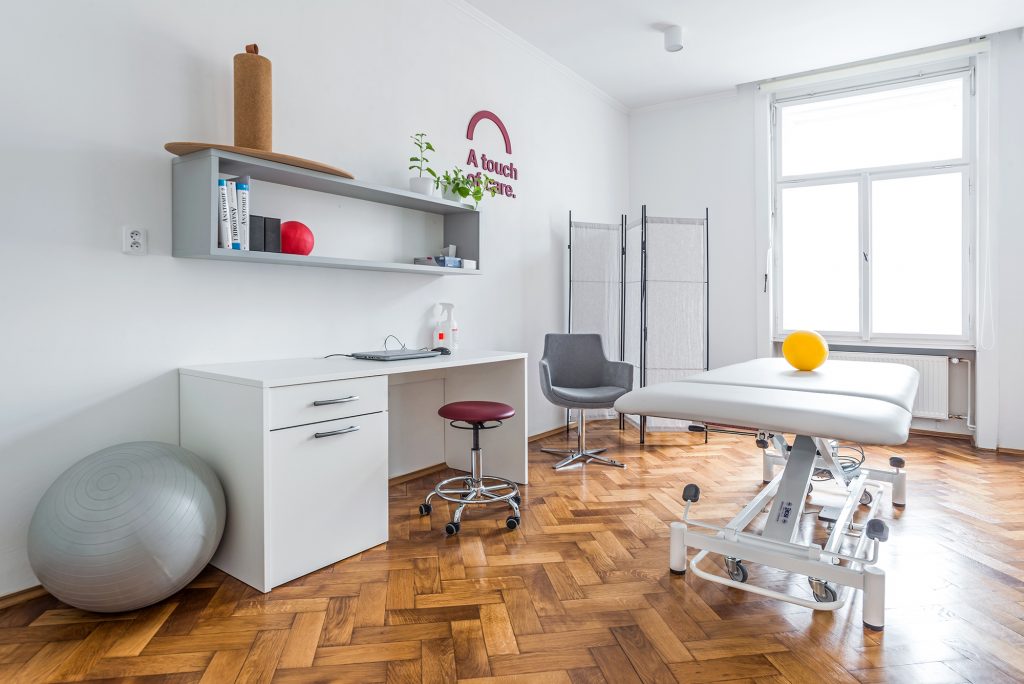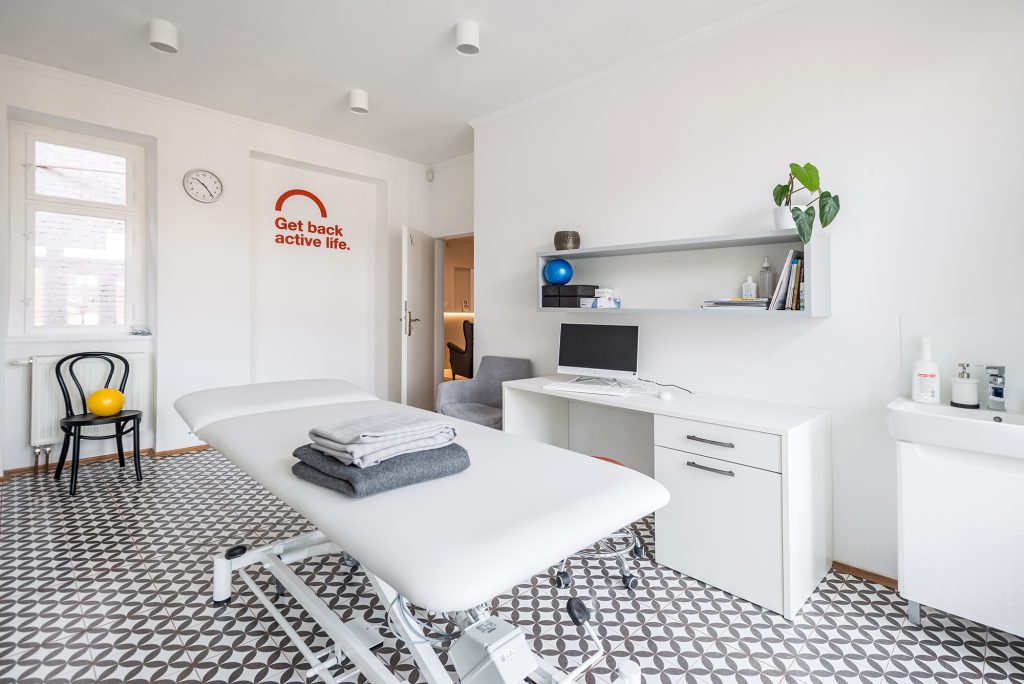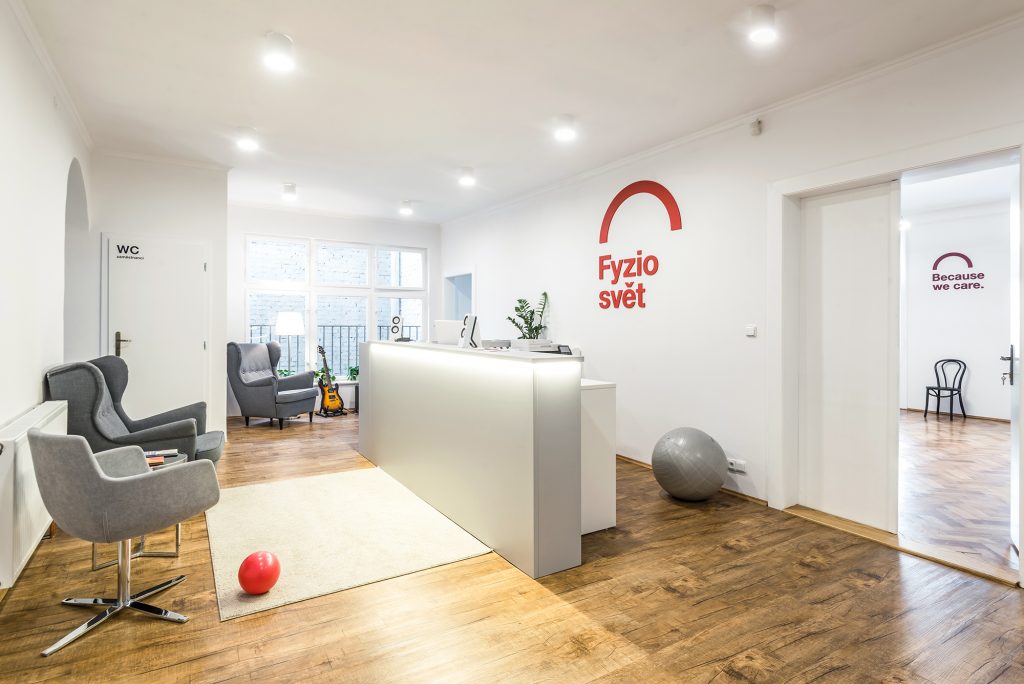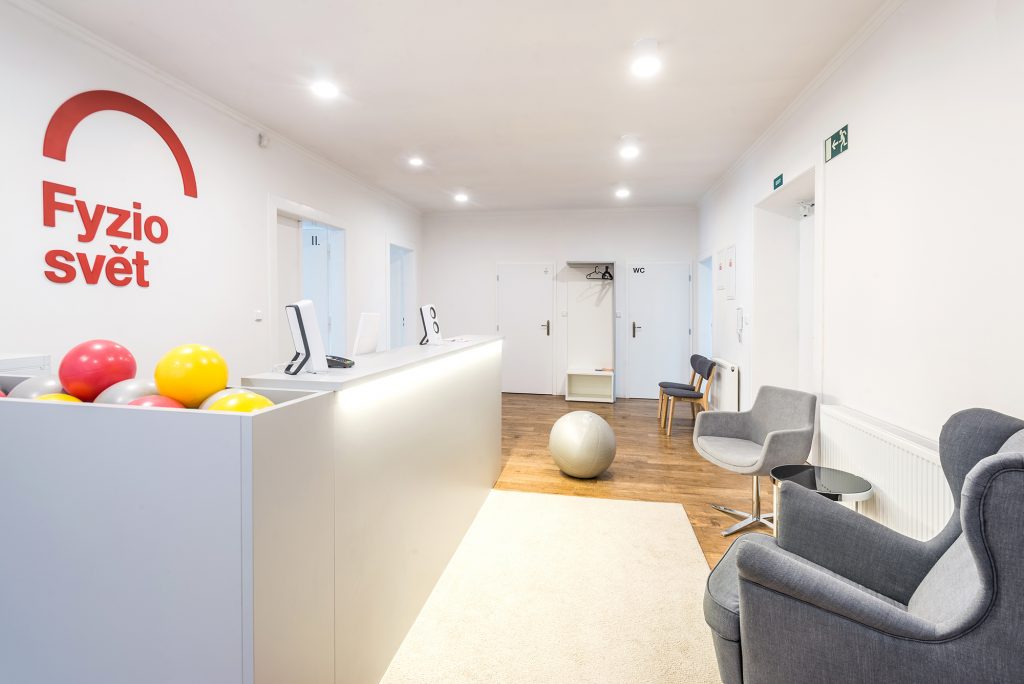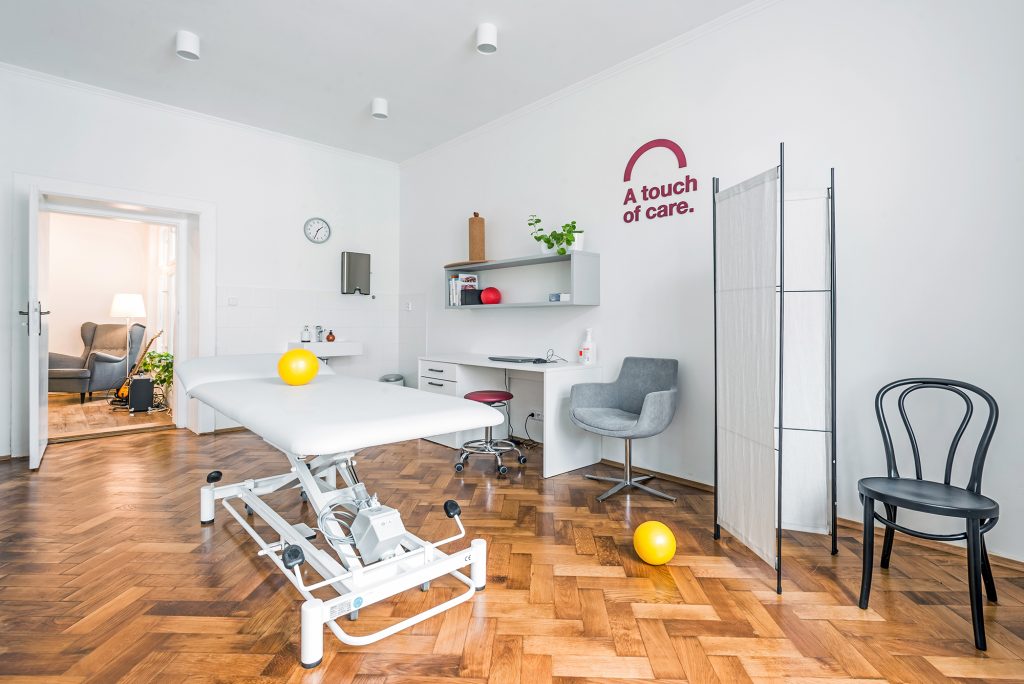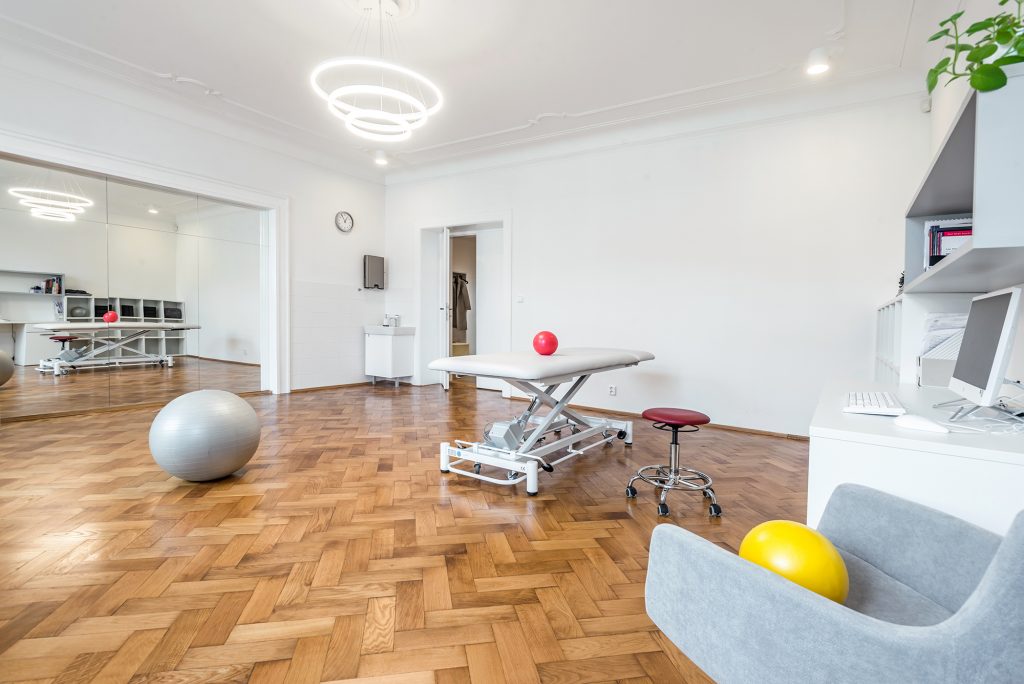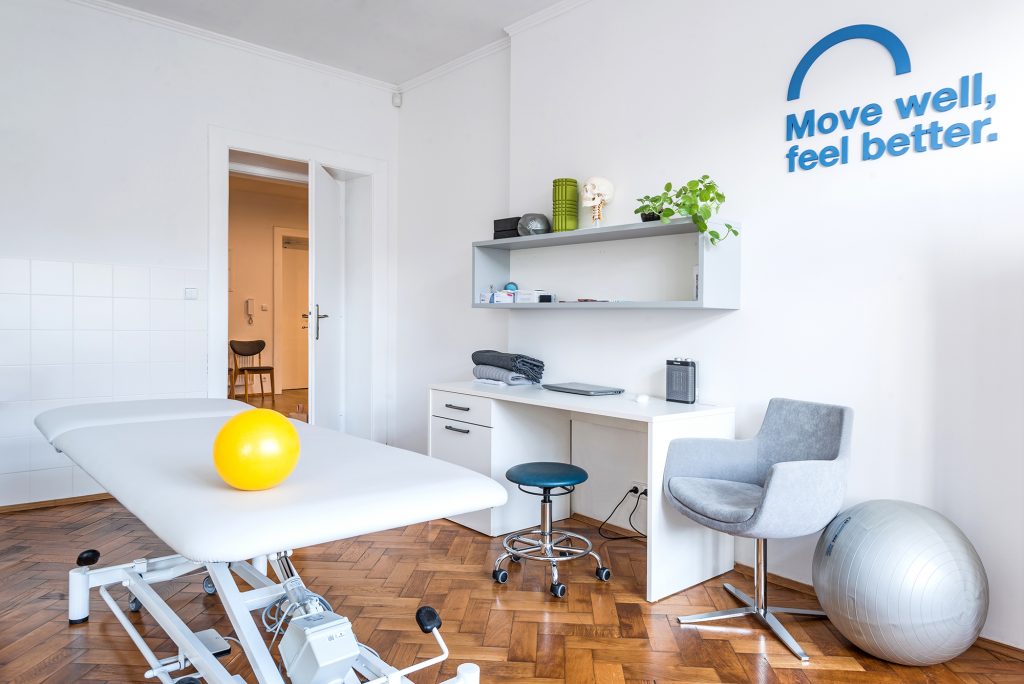Physiotherapy and Treatment of Endometriosis
Endometriosis is a relatively common and concerning diagnosis, especially in relation to infertility (female sterility). It affects between 5% and 15% of women of reproductive age, most commonly between the ages of 30 and 40.
Who is most commonly affected by endometriosis?
- Women experiencing infertility – 20% to 50% of women with an infertility diagnosis.
- Women with heavy menstrual bleeding lasting more than seven days, often in short intervals.
- Women with very painful menstruation, especially during the first three days of the cycle – Important Note: Gynecologists often prescribe contraceptives for painful menstruation, which may alleviate pain but does not treat the root cause and can delay treatment. When women stop using contraceptives to conceive, endometriosis is often diagnosed, which may sometimes be too late.
- Girls with restricted or no outflow of menstrual blood, among other factors.
Endometrial Cells in the Wrong Place
The exact causes of this condition are still unknown. Endometriosis is characterized by the presence of endometrial cells (the tissue lining the uterus) outside the uterine cavity. These cells most frequently appear in the pelvic area, such as the ovaries, fallopian tubes, or uterine ligaments. However, the disease can also affect distant structures, including the eye, heart, lungs, and even the brain. The symptoms depend on the affected organ, but it’s not uncommon for a small area of endometriosis to cause significant issues, while an advanced case might not present any symptoms. In some cases, pain can occur continuously, even outside the menstrual cycle. Over time, the lesions tend to decrease in size and may disappear after menopause.
Types of Endometriosis Based on Location:
- Endometriosis in the uterine area.
- Endometriosis in the ovaries, fallopian tubes, surrounding tissues, and vagina.
- Endometriosis outside the gynecological organs, such as:
- Bladder
- Large and small intestines, appendix
- Pelvic ligaments and groin area
- Abdominal wall
- Diaphragm
- Liver
- Belly button
- Post-surgical scars, such as after a C-section
- Rarely in the lungs, meninges, or peripheral nerves.
Endometrial tissue outside the uterus undergoes the same hormonal cycles as normal endometrial tissue during the menstrual cycle, including bleeding. This leads to bleeding and inflammation at endometriosis sites during menstruation, which can develop into chronic inflammation over time. Chronic inflammation often causes adhesions and scar tissue, especially in the pelvic area, which can result in infertility. For example, endometriosis can impair blood flow and mobility in the fallopian tubes, cause blockages, or deform the tubes. Adhesions within the fallopian tubes can act like a net, trapping fertilized eggs and leading to ectopic pregnancies. The adhesions and scar tissue can also spread into the muscles and joints, leading to trigger points and joint blockages.
Types of Endometriosis
- Superficial peritoneal endometriosis (lesions on the peritoneum) – The peritoneum lines the abdominal cavity and some pelvic areas, covering many internal organs. This type of endometriosis is relatively easy to diagnose during surgery. Initially, the lesions are small and hard to detect, but they grow over time as tissue accumulates and local inflammation develops. These lesions undergo the same hormonal cycle as uterine tissue but, unlike the uterus, the tissue has nowhere to go and accumulates. Over time, the lesions may lose their blood supply and turn into scar tissue.
- Ovarian endometriosis with lesions on the ovaries.
- Endometriosis between the vagina and rectum.
- Internal endometriosis with lesions inside the uterine muscle.
- Deep endometriosis characterized by the presence of endometriotic nodules.
Symptoms
The most common symptoms of endometriosis include:
- Pelvic pain of varying intensity, usually in the lower abdomen.
- Painful menstruation (dysmenorrhea).
- Pain during intercourse (dyspareunia).
- Pain when pressing on the bowels.
- Inability to conceive (infertility).
Less common symptoms may include pain in organs located outside the abdominal cavity, where endometrial cells may appear. If endometrial tissue is found in the bladder or intestines, symptoms may include pain during urination or bowel movements, and sometimes even blood in the urine or stool. These symptoms can make it difficult to differentiate endometriosis from cancer. Typical symptoms include cyclical discomfort, especially toward the end of the menstrual cycle.
How Does Endometriosis Develop?
Existuje mnoho teorií vzniku endometriózy. Nejčastější je teorie tzv. retrográdní menstruace, při níž endometriální buňky během menstruace pronikají zpět do břišní dutiny průnikem přes vejcovody. Tyto buňky zde nastartují novotvorbu cév, díky které v nových podmínkách přežijí a snáze se včlení do okolních tkání. Tato teorie vysvětluje výskyt endometriózy v blízkosti vejcovodů, ve vaječnících, v Douglasově prostoru (prostor mezi dělohou a konečníkem), na zadní straně děložního hrdla, na vazech mezi dělohou a kostí křížovu.
Nejpravděpodobněji se ale jedná o několik příčin najednou, vzhledem i ke vzdálenějším lokalitám ložisek. Roli hrají i břišní pooperační jizvy např. po slepém střevě nebo po císařském řezu, pod kterými častěji ložiska endometriózy vznikají.
Vlivem rostoucího výskytu endometriózy se předpokládá, že svůj podíl nesou i faktory životního stylu a prostředí. Studie ukazují, že některé chemické látky (ftaláty a polychlorované bifenyly) by mohly mít toxické účinky na lidský reprodukční a hormonální systém. U mužů mohou ftaláty a jejich metabolity způsobovat ubývání maskulinních znaků v populaci např. snižování počtu spermií, blokování mužských pohlavních hormonů (androgeny), nesestouplá varlata či vrozené vady penisu. U pacientek s endometriózou byla v krvi zaznamenána vyšší hladina ftalátu a polychlorovaných bifenylů, což může být jedním z mnoha faktorů podílejících se na vzniku tohoto onemocnění.
The Role of Men
Endometriosis is an inflammatory disease, so we cannot ignore the potential exposure to infections during sexual intercourse. Men are often carriers of various viral and bacterial infections, which can affect women. If a woman becomes infected during intercourse, menstrual blood can carry the infection into the abdominal cavity, leading to endometriosis lesions. In some cases, it is necessary to thoroughly examine and treat the partner. Promiscuity of either partner can also worsen the condition.
Psychological Factors
Psychological factors play a significant role in many gynecological conditions, including endometriosis. The disease is linked to numerous complications, including permanent infertility, which is emotionally challenging for women. Although diagnostic and treatment methods for endometriosis have improved, the exact cause remains unclear, making treatment challenging.
Hormonal therapy, which artificially induces menopause, is often the first choice for treatment but places a heavy burden on a woman’s body. Hormonal therapy can affect mood, food cravings, and delay the ability to conceive, further impacting a woman’s mental health. While the success rate of this treatment is high, symptoms can recur within a year after discontinuation.
In some cases, women need to undergo laparoscopy to remove adhesions or cysts. However, even this treatment is not always 100% effective, and the lesions can reappear, requiring further surgery.
Lifestyle Factors
Lifestyle also affects the risk of developing endometriosis. Smoking during youth lowers levels of the female sex hormone estradiol, which is produced in the ovaries and placenta during pregnancy, potentially contributing to the development of endometriosis. Although coffee consumption does not increase the risk of endometriosis, it can exacerbate symptoms, such as pain and digestive issues. Long-term alcohol consumption weakens immune responses and promotes the production of pro-inflammatory substances, so alcohol intake should be avoided.
Dietary adjustments can be an effective complement to treatment. In some cases, an anti-inflammatory diet that eliminates gluten, lactose, or lectin may be recommended. Diet choices should always be personalized and discussed with a specialist. Omega-3 fatty acids (EPA, DHA, ALA) are particularly beneficial due to their anti-inflammatory effects. Some studies suggest that diets rich in omega-3s can reduce the lifespan of endometrial cells and prevent them from embedding outside the uterus, while also relieving menstrual pain. Good sources of omega-3s include fresh, minimally processed fish or seafood.
Physical activity reduces the risk of developing endometriosis and has a preventive effect. Therefore, physiotherapy should be an integral part of treatment for infertility caused by endometriosis.
Diagnosis
Some forms of endometriosis can be diagnosed through biochemical testing. Ultrasound examinations can detect characteristic cystic changes in the ovaries and fallopian tubes. Laparoscopy can be used to diagnose endometriosis lesions in the abdominal cavity, while hysteroscopy can diagnose lesions in the uterus. These endoscopic methods allow tissue samples to be taken for histological examination to confirm the diagnosis. In cases of infertility, the removal of lesions may also be performed.
Magnetic resonance imaging (MRI) can help identify deep endometriosis lesions. As diagnostic techniques improve, more locations of the disease are being discovered.
Treatment
The treatment of endometriosis depends on the size and location of the lesions, the woman’s age, her pregnancy history, and when she plans to conceive. Treatment aims to alleviate symptoms, surgically remove endometriosis lesions, prevent symptom recurrence, and preserve or improve fertility in younger women. However, treatment is complicated due to the unclear cause of the disease.
Conservative treatment focuses on halting the cyclical changes in endometrial tissue for at least six months. During this time, women may take
How Does Physiotherapy Help in the Treatment of Endometriosis?
While physiotherapy cannot remove endometriosis lesions—that requires surgical laparoscopy—it can significantly help alleviate the issues caused by chronic inflammation. Physiotherapy is tailored to each individual case.
The most common issues we address include:
- Increased tension, adhesions, and scar tissue around internal organs.
- Increased tension, adhesions, and scarring from previous surgeries.
- Poor breathing patterns.
- Trigger points in the muscles.
- Spinal blockages (especially between the thoracic and lumbar spine, the lumbar spine, and sacroiliac joint) and joint blockages in the limbs.
- Changes in the tension and function of the pelvic floor, including the tailbone area.
A well-chosen, targeted treatment focuses on breathing correction, releasing adhesions and scar tissue, massaging internal organs, relaxing or activating pelvic floor muscles, and strengthening the deep stabilizing muscles of the spine (HSSP). This approach not only improves posture but also enhances the function of internal organs by improving their blood flow. Additionally, it boosts lymphatic circulation and strengthens the immune system, which aids in combating chronic inflammation and the endometriosis itself. The non-invasive nature of physiotherapy and its positive psychological effects are important aspects to consider. Physiotherapy should be an integral part of a multidisciplinary approach to treating endometriosis.
Post-operative care is also a key part of physiotherapy. This includes releasing scars from laparoscopic treatment of endometriosis or from other gynecological or abdominal surgeries.
As supportive therapies, we recommend yoga, hormonal yoga, acupuncture, and psychotherapy, all of which can help reduce the client’s discomfort.
We specialize in the treatment of functional female infertility and are here to answer any questions you may have and to design a therapy plan specifically for you. Contact us to get started.
